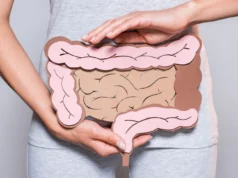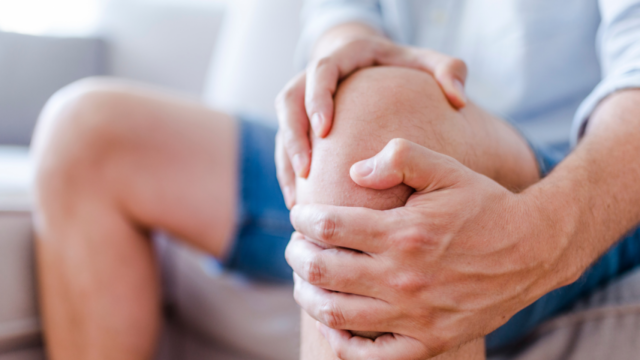
Research shows that platelet-rich plasma (PRP) injections could be an effective treatment for joint damage. For years, doctors used PRP to improve healing time after cosmetic surgery. Now that technology and research techniques have improved, some doctors are using it to treat a variety of conditions and injuries. PRP injections are used to improve pain tolerance and function for people with joint pain.
What Is a PRP Injection?
Platelet-rich plasma (PRP) is a substance that is created from your own blood. It has a high concentration of platelets, which are the healing components of blood. Platelets are naturally found in the body and contain proteins called growth factors. These proteins help to promote the healing of injuries and tissue regeneration.
How Does the Procedure Work?
The procedure is done with only local anesthesia and involves drawing blood from your arm, just like getting a blood test. The blood is then placed in a special centrifuge that spins the blood at high speed to separate out the red blood cells from the platelets and plasma. The platelet-rich plasma is removed and injected back into your body, usually with an ultrasound machine to help guide the needle into exactly the right spot.
How Does PRP Treat Joint Damage?
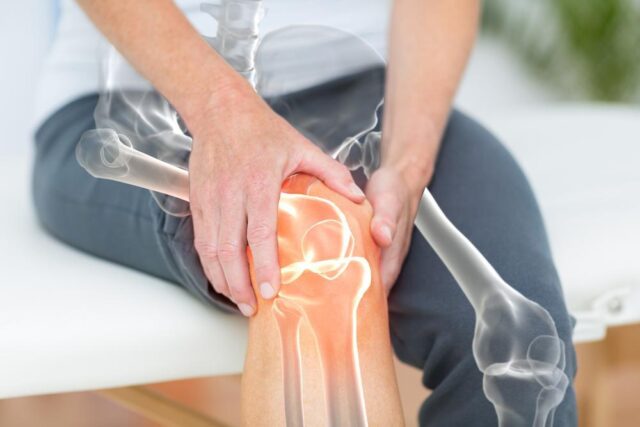
When PRP is injected into an area, it releases growth factors that initiate the repair process and attract stem cells to the area for healing. This can be used for damaged or injured tendons or ligaments, osteoarthritis, muscle injuries, and fractures.
Are There Any Side Effects of PRP Injections?
Most people who undergo platelet-rich plasma (PRP) injections experience only minor discomfort at the injection site.
Some people experience more significant pain, which can usually be managed with over-the-counter medications. The procedure itself is low risk and has very few side effects, but as with any medical treatment, there are always some risks. For example:
- Your body might not respond to the injections.
- You could have an allergic reaction to the PRP or the anesthetic.
- You might get an infection from the injection site.
Will I Need Any Preparation Before My PRP Injection?
There isn’t a lot of preparation that needs to be done for a PRP (platelet-rich plasma) injection, but there are a few things that you can do to make sure that the treatment goes smoothly.

First, you will want to let your doctor know whether or not you are taking any medications. The most important thing is to let them know if you are taking any blood thinners, such as Coumadin and Aspirin. These need to be stopped several days before the procedure so that your blood will clot normally.
You should also let your doctor know if you take any medications or herbal supplements on a regular basis as they may interact with other medications used during the treatment. In some cases, it may be necessary to stop the medication before the procedure.
Second, it’s important to tell your doctor if you have had any previous surgeries in the area being treated with PRP. If you have had surgery in the same area within the past year, there is a chance that it can interfere with healing after the injection and could negatively affect the outcomes of the treatment.
Who Is a Good Candidate For a PRP Injection?
A good candidate for a PRP injection is someone with a new or chronic injury which has pain and swelling in the area of injury. PRP injections are one option to consider before surgery.
PRP injections can benefit those with early-onset arthritis who are looking for an alternative treatment to surgery. They can also help prevent arthritis in those who have suffered a joint injury by stimulating healing and repairing the damaged tissue.
Who Shouldn’t Get PRP Injections?
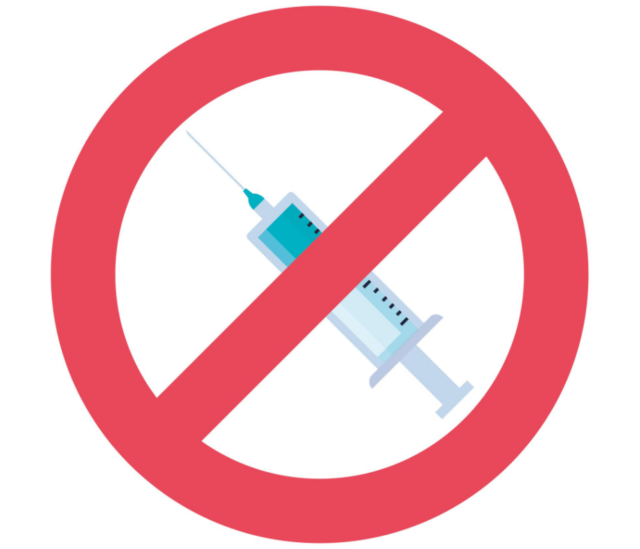
PRP therapy is not appropriate for every type of joint condition. Patients who have inflammatory conditions, such as rheumatoid arthritis, lupus, or gout, are not good candidates for this type of treatment because it can worsen the inflammation.
In addition, patients with cancer in their bone marrow are not good candidates for PRP injections because cancerous cells could also be present in the platelet-rich plasma.
What Conditions Can Be Treated with PRP?
Platelet-rich plasma, or PRP, is a derivative of blood that can be injected into joints to help with the healing process. It’s often used in people with arthritis to improve the symptoms and slow down or even stop the progression of damage to the affected joints. But there are other conditions that may benefit from PRP treatment. Here’s a look at some.
Tendinitis
PRP injection may be used for tendinitis, which is inflammation of a tendon (the fibrous cord that connects muscle to bone). This condition has been treated by PRP therapy using injections into the affected tendon. In one study, nearly three times as many people who had injections of their own PRP showed improvement as those who did not have this therapy. Another study found that people with chronic elbow tendonitis improved after receiving two injections of autologous PRP one month apart.
Hair Loss
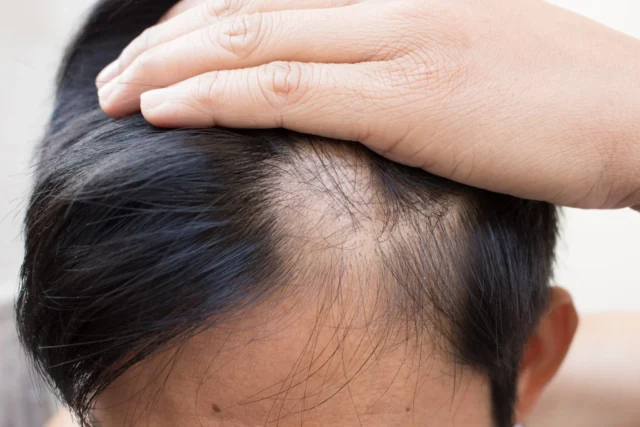
PRP has been gaining popularity for treating hair loss because of its success in clinical trials. Because it uses growth factors from the patient’s own blood, there are no side effects of the treatment either.
Plantar Fasciitis
PRP has been used to treat plantar fasciitis, which is inflammation of the connective tissue on the bottom of the foot. It is typically caused by wearing non-supportive footwear, being overweight, or having jobs that require a lot of walking or standing on hard surfaces.
Rotator Cuff Injury
PRP can also be used to treat injuries to the rotator cuff muscles (which surround the shoulder). The treatment may help avoid surgery for some patients with a torn rotator cuff.
Low Back Pain
One study found that patients with low back pain who received PRP injections had less pain and greater function than those who were treated with corticosteroid injections.
Ligament Injuries
Anterior cruciate ligament (ACL) tears are common in athletes and often require surgery to repair them. The torn ACL can be replaced with a graft (often from another part of the knee), but this carries its own potential for injury and requires time for recovery.
How Long Does It Take To Recover From a PRP Injection?

After a PRP injection, you should expect some swelling and tenderness in the joint for about two weeks. The healing process takes about two months. At the end of that two-month period, you might not notice any difference if you were going to have surgery anyway.
But if you were having surgery anyway, then you might notice some improvement in your symptoms over the course of a few weeks — especially when the inflammatory phase of your injury subsides. If you’re getting injections because of chronic pain and stiffness, however, recovery can be much slower; it will probably take six to nine months before you’re running around without a limp.
What Other Treatments Can Be Combined with PRP Injections To Treat Joint Damage
In addition to the injections, there are some treatments you can do on your own that will help with the healing process and speed up recovery.
Exercise
The best exercise is low impact. Swimming, cycling, and walking are all ideal options. Exercises that put weight or impact on the knee, such as jogging or playing tennis, are not recommended.
Rest
To allow the stem cells to work their magic, it’s important to get plenty of rest for at least 48 hours after receiving an injection.
Ice
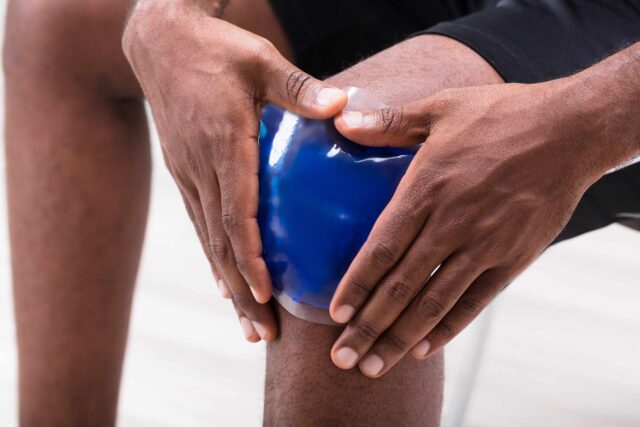
If you feel pain in your knee, applying ice to the area should help ease discomfort after a few minutes.
Diet
A healthy diet is essential for good health and also for healing damaged joints faster. Protein is particularly important for healing damaged tissue, so eat lean meats and fish regularly, as well as nuts and seeds.
As a treatment option, PRP injections can be effective. However, they’re not the only option out there. When you combine PRP with other treatment options, such as surgery or medication, your recovery time and your chances of alleviating all symptoms may be increased.
It’s important that you discuss these treatment options with your doctor to get a thorough overview of your various options and their respective benefits and limitations. If you have any further questions about PRP treatment or other joint problems, be sure to consult a physician with experience like Integrated Orthopedics for more answers.


